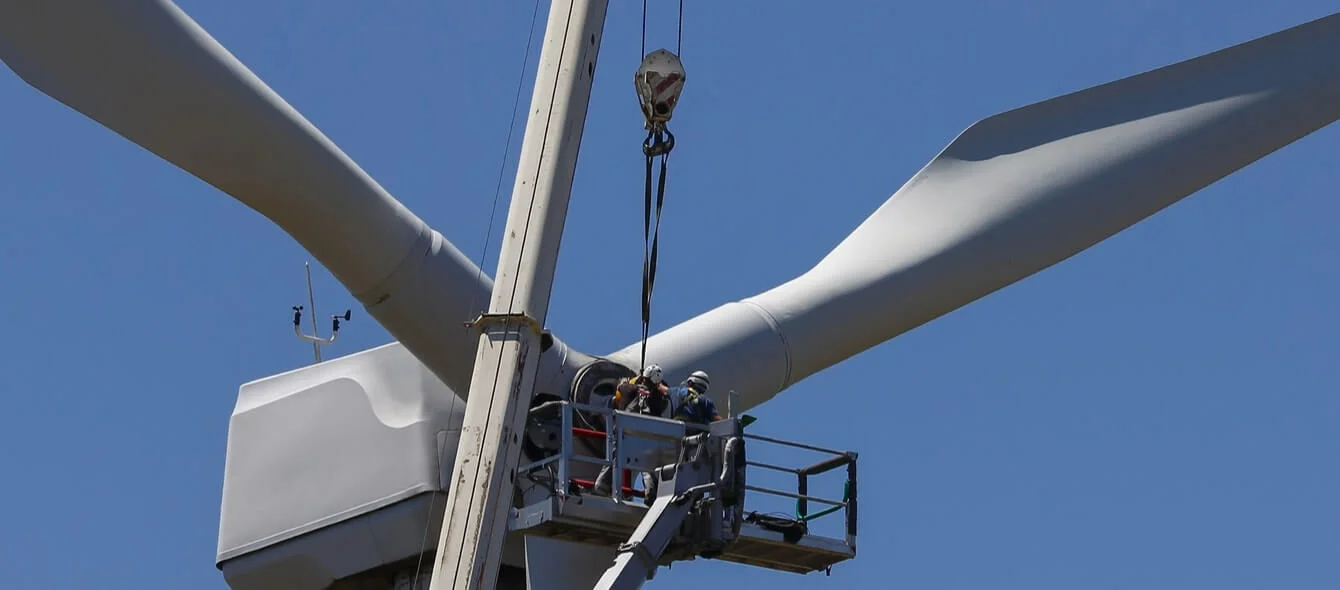It is not for nothing that most wind turbines in Germany only have a service life of 20 years, writes Johannes Winterhagen in his article for Frankfurter Allgemeine Zeitung entitled “How long does a wind farm last?”. Wind turbine feed-ins are subsidised for exactly this period of time.
It is of course entirely possible that they will remain operational for longer, but the lucrative subsidy will have disappeared. Yes, the construction costs should have amortised by then, but as many people will know from their car: the older the machine, the more maintenance-intensive it becomes. And when it comes to wind turbines, it could quickly mean that they end up costing more than they are able to bring in, said Eckart Giencke back in 2017 in Wirtschaftswoche. Even if electricity prices have increased since then, maintenance labour costs are also on the rise.
Half the plants, one third the capacity
Exactly 19 years ago, on 29 March 2000, the German Lower House of Parliament passed the original Renewable Energy Act. As such, many plants will reach the end of their service life in the coming years. By the end of 2026, the FAZ puts this figure 14,000 facilities – around half of all plants currently in operation. Spiegel has also looked into the issue, where journalist Ralph Diermann has measured the reduction in generation capacity and has come to the conclusion that “almost one third of the total wind energy capacity installed on land today” would be affected – and that by the end of 2025.
This sounds downright dire, especially given that construction rates are declining, as the German Wind Energy Association reported earlier this year. But FAZ journalist Johannes Winterhagen also sees this as an opportunity: “What is referred to as ‘repowering’ would make it possible to install turbines which are significantly more powerful at those very sites.”
However, Winterhagen makes it clear that it would only be possible to use these facilities – if that. The wind turbines would have to be completely recycled, i.e. the steel would need to be melted down and plastic parts would have to be incinerated. The operators would also have to obtain new permits, even for these existing sites, as the specifications have now changed in many regions. This could mean that some of the existing sites would fail to be reapproved, especially if the new plant has to be more efficient – in other words taller – than the previous one.
